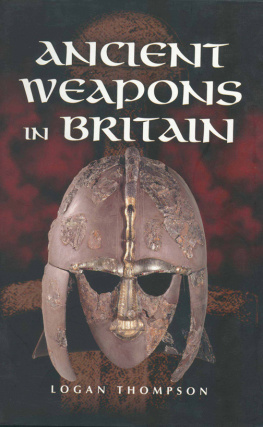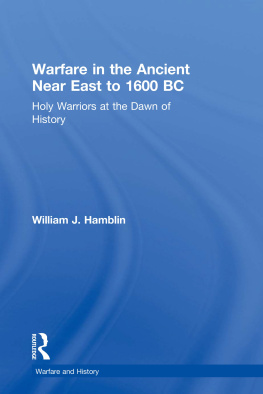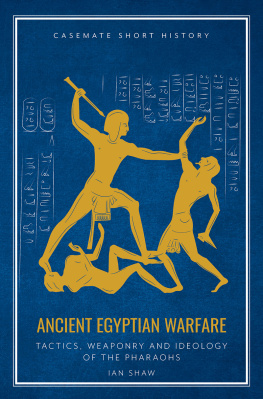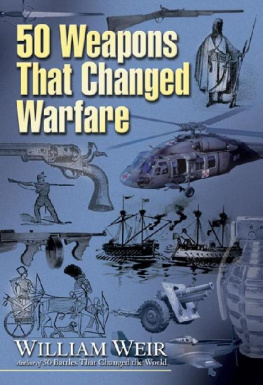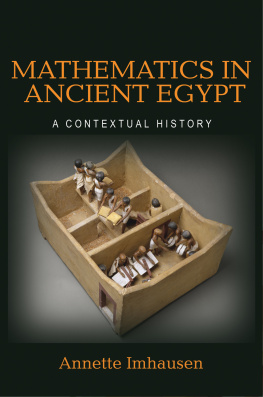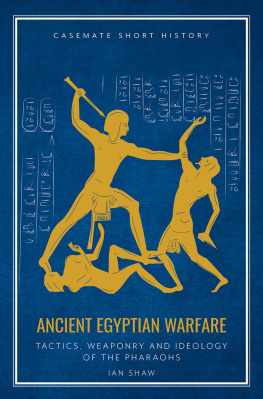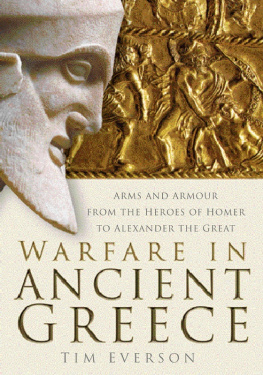For Kevin, Ingrid, and Charlotte Dean. There are not enough ways in which I can say thank you.
First published in Great Britain in 2017 by
PEN & SWORD ARCHAEOLOGY
an imprint of
Pen & Sword Books Ltd,
47 Church Street,
Barnsley,
South Yorkshire.
S70 2AS
Copyright Rebecca Dean, 2017
A CIP record for this book is available from the British Library.
ISBN 978 1 47382 355 6
eISBN 978 1 47386 205 0
Mobi ISBN 978 1 47386 204 3
The right of Rebecca Dean to be identified as Author of this Work has been asserted by her in accordance with the Copyright, Designs and Patents Act 1988.
All rights reserved. No part of this book may be reproduced or transmitted in any form or by any means, electronic or mechanical including photocopying, recording or by any information storage and retrieval system, without permission from the Publisher in writing.
Pen & Sword Books Ltd incorporates the Imprints of
Pen & Sword Aviation, Pen & Sword Maritime,
Pen & Sword Military, Wharncliffe Local History, Pen & Sword Select, Pen
& Sword Military Classics and Leo Cooper.
For a complete list of Pen & Sword titles please contact
Pen & Sword Books Limited
47 Church Street, Barnsley, South Yorkshire, S70 2AS, England
E-mail:
Website: www.pen-and-sword.co.uk
List of Figures
Map Figure: Map of Ancient Egypt edited by R A Dean, after Jeff Dahl ( GNU Free Documentation License https://gnu.orf/licenses/ and Creative Commons Attribution-Share Alike 4.0 International https://creativecommons.org/licenses/by-sa/4.0/ )
Figure 1.1 Typical smiting scene, Narmer Palette ( held in the Egyptian Museum Cairo ). Drawing: Matthew Leary
Figure 1.2 Typical smiting scene, Montu-hotep II ( from Gebelein, Deir el-Bahri, held in the Egyptian Museum, Cairo ). Drawing: Matthew Leary
Figure 2.1 Ancient Egyptian axe-head types. Clockwise from the top: crescent axe ( Middle Kingdom ), Long simple axe ( Middle Kingdom ), Long concave axe ( Middle Kingdom ), Long narrow axe ( New Kingdom ), Long narrow axe ( New Kingdom ), Tanged axe ( Middle Kingdom ) ( varieties from the British Museum, London, and Metropolitan Museum, New York ). Drawing: Matthew Leary
Figure 2.2 Ancient Egyptian axe-head types. Clockwise from the top left: Semi-circular axe ( Old/Middle Kingdom ), Semi-circular axe ( Old/Middle Kingdom ), Long axe ( Middle Kingdom ), Tanged axe ( Middle Kingdom ), Halberd-style axe ( Middle/New Kingdom ); Long concave axe ( Middle/New Kingdom ) ( varieties from the British Museum, London, and Metropolitan Museum, New York ). Drawing: Matthew Leary
Figure 2.3 Ramesses II smiting scene with axe ( held in the Egyptian Museum, Cairo ). Drawing: Matthew Leary
Figure 2.4 Soldiers using a bow and arrow ( from the funerary complex of Khafra at Giza, held in the Metropolitan Museum of Art, New York ). Drawing: Matthew Leary
Figure 2.5 The chariot in use ( limestone ostracon sketch, held in the Egpytian Museum, Cairo ). Drawing: Matthew Leary
Figure 2.6 Conical Mace-head ( photo: R A Dean, produced here with the kind permission of Harrogate Museums and Arts )
Figure 2.7 Piriform mace-head ( photo: R A Dean, produced here with the kind permission of Harrogate Museums and Arts )
Figure 2.8 Chipped replica mace-head after experimental archaeology, chipping circled ( Dean 2009, from original photo courtesy of J Fletcher )
Figure 2.9 Harrogate mace-head showing chipping similar to that seen on replica mace-head ( photo: R A Dean, produced here with the kind permission of Harrogate Museum and Arts )
Figure 2.10 Montu-hotep II smiting scene ( from Gebelein, Deir el-Bahri, held in the Egyptian Museum, Cairo ). Drawing: Matthew Leary
Figure 2.11 Sketch of Hatshepsut holding a mace ( from Karnak obelisk ). Drawing: R A Dean
Figure 2.12 Sword and dagger types. Clockwise from top left: Leaf-shaped blade sword ( Middle/New Kingdom ), Tapered sword and dagger ( Middle Kingdom ), Khopesh ( New Kingdom ), Leaf-shaped blade sword ( Middle Kingdom ), Tapered daggers ( Middle Kingdom ), Tapered daggers ( Middle Kingdom ), Iron tapered daggers ( New Kingdom ) ( varieties from the British Museum, London, and Metropolitan Museum, New York ). Drawing: Matthew Leary
Figure 2.13 Replica of larger of Tutankhamuns khopesh swords ( Photo: R A Dean )
Figure 2.14 Nefertiti khopesh smiting scene ( held in the Museum of Fine Arts, Boston ). Drawing: Matthew Leary
Figure 2.15 Close-up of spears held by Mehsetis model soldiers ( held in the Egyptian Museum, Cairo ). Drawing: Matthew Leary
Figure 3.1 Replica shield displaying crossbar stitching ( Stonborough 2011, 108 )
Figure 3.2 Soldier carrying man-sized shield ( relief from the tomb of Djehutinakt II at el-Bersha, held in the British Museum, London ). Drawing: Matthew Leary
Figure 3.3 Model soldiers from the tomb of Mehseti ( held in the Egyptian Museum, Cairo ). Drawing: Matthew Leary
Figure 3.4 Model soldiers from the tomb of Mehseti ( held in the Egyptian Museum, Cairo ). Drawing: Matthew Leary
Figure 3.5 Close-up of crossbar stitching on Mehseti soldier. Drawing: Matthew Leary
Figure 3.6 Model shield displaying cow-hide pattern ( Held in the Metropolitan Museum of Art, New York ). Drawing: Matthew Leary
Figure 3.7 Helmets similar to coiled hairstyles, Medinet Habu. Drawing: Matthew Leary
Figure 3.8 Helmets and shields, Saqqara. Drawing: Matthew Leary
Figure 3.9 Sherden helmets, Abu Simbel. Drawing: R A Dean
Figure 3.10 Soldier with bands crossing his torso, holding some sort of breast plate ( relief from the tomb of Djehutinakt II at el-Bersha, held in the British Museum, London ). Drawing: Matthew Leary
Figure 4.1 The siege scene from the tomb of Anta at Deshasheh ( Petrie 1898, Pl IV )
Figure 4.2 The burial goods of Queen Ahhotep ( including axes, daggers, and the Golden Flies of Valour ) ( Maspero 1918 )
Figure 4.3 Replica of axe found in the burial of Queen Ahhotep. Photo: R A Dean.
Figure 4.4 Sketch of Hatshepsut holding a mace ( from Karnak obelisk ). Drawing: R A Dean
Figure 4.5 Nefertiti khopesh smiting scene ( held in the Museum of Fine Arts, Boston ). Drawing: Matthew Leary
Figure 4.6 Lime ostracon sketch portraying Tawosret ( held in the Egyptian Museum, Cairo ). Drawing: Matthew Leary
Figure 5.1 Harrogate Museum and Arts conical and piriform/globular mace-heads used for replicas ( Photos: R A Dean, produced here by the kind permission of Harrogate Museums and Arts )
Figure 5.2 Testing the maces out ( Dean 2009, from original photo courtesy of J Fletcher )
Figure 5.3 Conical mace-head damage ( Dean 2009, from original photo courtesy of J Fletcher )
Figure 5.4 X-Ray showing damage done by piriform/globular mace-head ( Dean 2009, from original X-Ray courtesy of S Buckley )
Figure 5.5 X-Ray showing damage done by conical mace-head ( Dean 2009, from original X-Ray courtesy of S Buckley )


